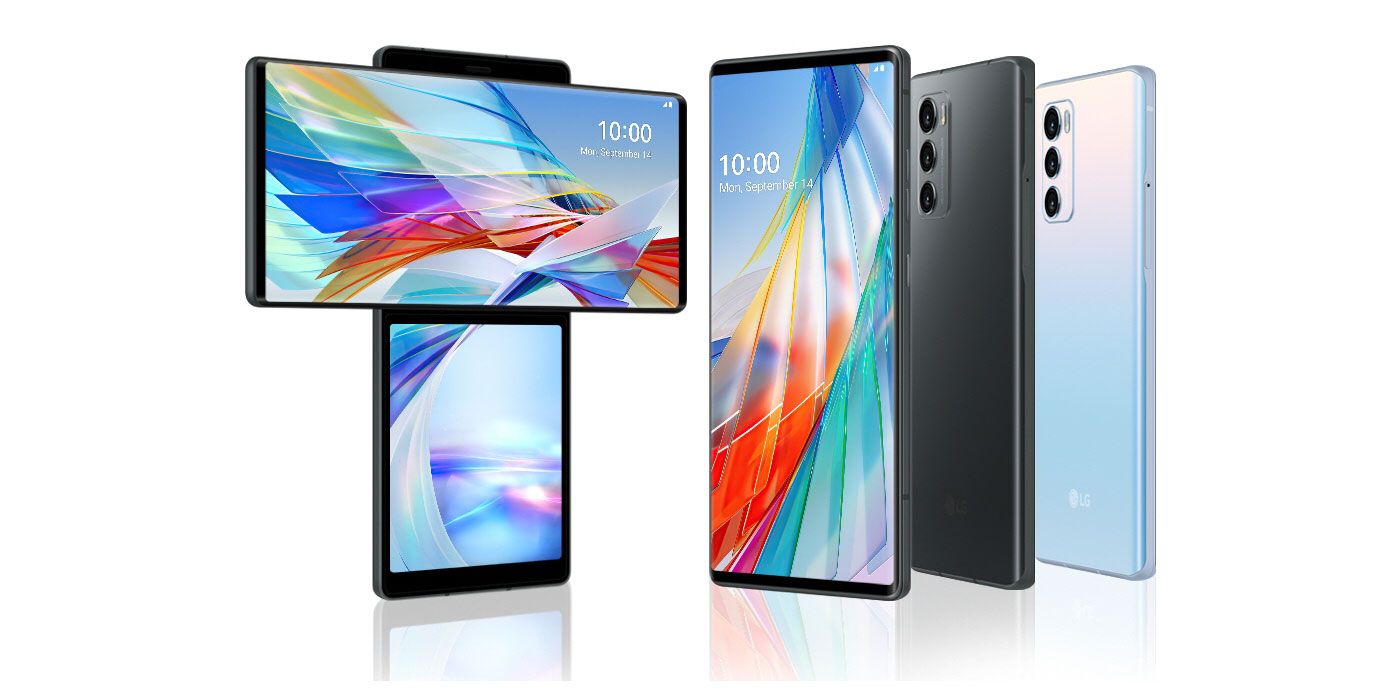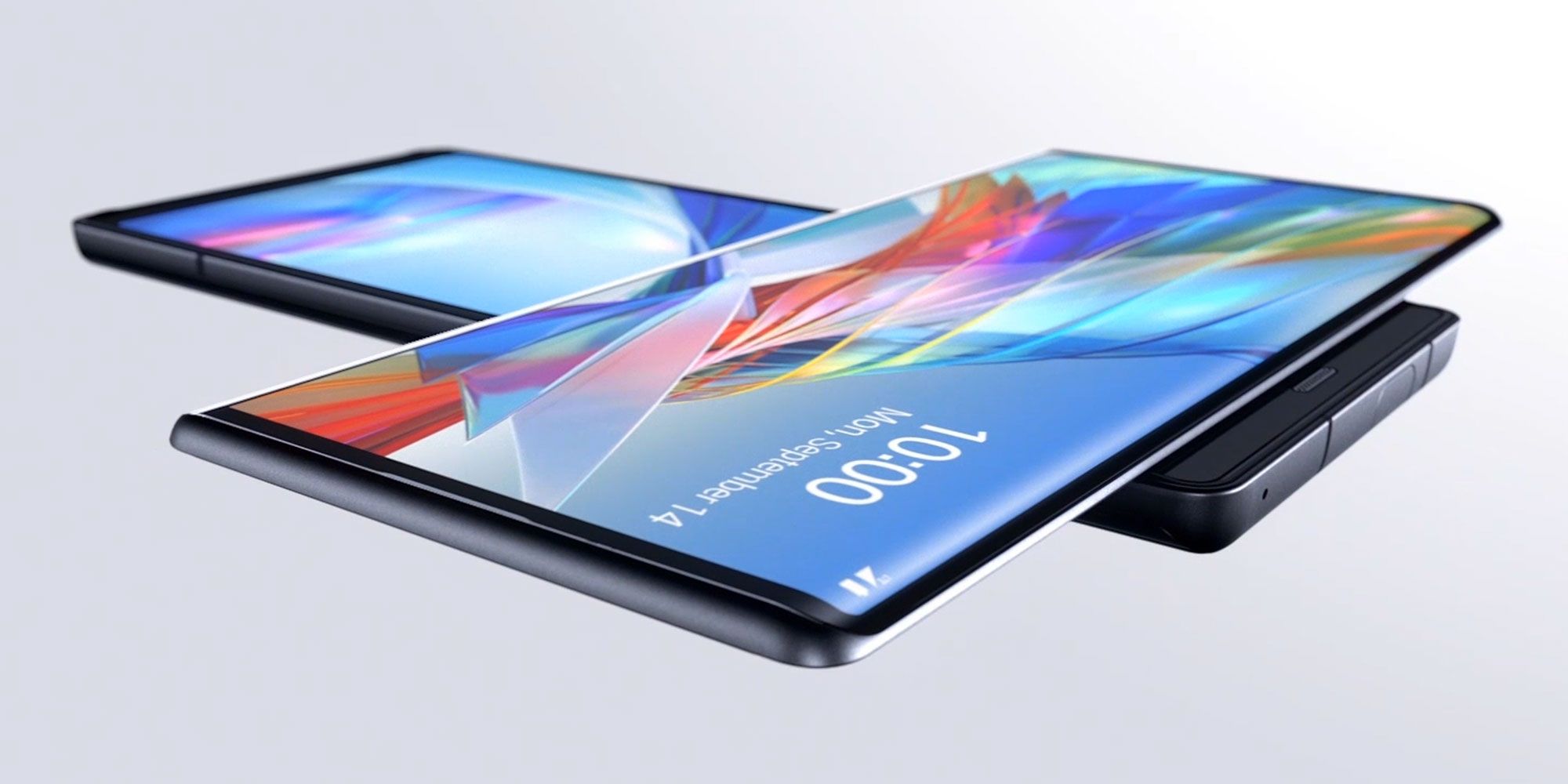The LG Wing officially launched Monday and while the smartphone looks a little ridiculous, it is sure to offer a unique user experience. To have the 5G phone swivel into a T-shape is an interesting choice, especially considering most companies are just following the same basic candy bar form factor as always. While companies, such as Samsung, are offering more experimental options that are focused on foldable screens, will the LG Wing's look fly with consumers?
The swivel design in itself is not, in itself, new. Many smartphone companies, including LG, have experimented with sliding and swiveling phones before. T-Mobile's Sidekick, for example, had a screen that slid up and the Samsung SGH-X830 could slide up and swivel into a L-shape. Not to mention, LG got into this game too. The LG VX9400, which was famously used by Tony Stark in the first Iron Man movie, actually had a remarkably similar look to the LG Wing, as it also swiveled into a T-shape. However, these phones didn't have multiple displays. The screens slid up or swiveled to reveal a keypad for texting and making phone calls.
While the LG Wing features two screens, in many ways, it is more than just a visual callback to these earlier phones. The main display is a 6.8-inch P-OLED display with a 2,460 x 1,080 resolution and swivels up to reveal a smaller 3.9-inch G-OLED (1,240 x 1,080) screen. Although this second screen is intended primarily as a way to control the larger display. For example, the phone offers distraction-free video playback. Movies can be played on the larger screen, with the video controls sitting on the lower display. Any notifications will also be relegated to the smaller display. The user can even turn the upper display's touchscreen off to avoid accidentally stopping the video by brushing up against it. A similar setup can be used for people who use their phone's GPS while driving. The map can load on the 6.8-inch display and everything else will appear on the 3.9-inch one. As an added bonus, the LG Wing doesn't use a hole-punch selfie camera, so there's no gap on the top display that might divert the user's attention away from the video or map.
Changing The Phone Landscape
The LG Wing's unique design could also change the face of smartphone photography. First of all, it would be much easier to hold this phone in one hand, while taking photos and video in landscape view. People can grip onto the lower part of the phone, which is still vertical. That's just the start. The rear camera has a triple-lens system consisting of a 64-megapixel wide-angle, another 13-megapixel wide and a 12-megapixel ultra-wide. It also features a 32-megapixel front-facing camera that pops up from the body of the device. In swivel mode, the two cameras can record at the same time and be saved into either the same file or two separate files.
The LG Wing also features the world's first gimbal motion camera on a smartphone. A gimbal is a type of object stabilization device, versions of which are often used for handheld video recording. And its inclusion in the LG Wing could give the phone a boost. When using the gimbal camera mode, the smaller display provides joystick controls to change the camera angle, a lock to reduce shaking, and modes to make panning and moving while filming a smoother experience.
The phone comes running on the Qualcomm Snapdragon 765G 5G Mobile Platform, which has a clock-speed of up to 2.4 GHz. It also comes with a 4,000 mAh battery, 8GB RAM, a microSD slot, and will be available with either 128GB or 256GB storage. The 6.67 x 2.93 x 0.43-inch phone weighs 9.13 ounces, which certainly isn't light but considering it's essentially two phones on top of one another, it's not as heavy as one might expect either. The new LG phone will first launch in South Korea and is then set to become available in certain markets in North America and Europe.
Source: LG


